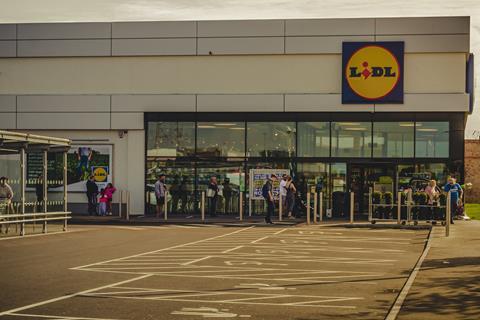
Brands are facing a plethora of challenges. As people buy in bulk and larger formats, many of the smaller and more convenience-oriented products – the profitable ones – have suffered immeasurably.
You may have heard that the alcohol category has increased in sales by up to a whopping 20% in some supermarkets – but as the effects of pub and restaurant closures materialised, the category as a whole is running at what is estimated to be a 50% decrease.
Media formats in supermarket shelves were ripped away from beneath us, with compliance at an all-time low. The traditional media category wasn’t immune to the changes either, with the only beneficial OOH format being in front of a supermarket. Aside from availability, it was a decidedly onerous task to choose a tone and message when communicating to consumers, and very quickly, marketing in the peak of the pandemic became a difficult and dirty topic. However, with great difficulty often comes great opportunity.
Dare we say it again, but you’ve likely heard Covid-19 has gravely changed the way we shop. ‘Just popping to the shops’ is a term we’ve grown to become uncomfortable with. We are seemingly now limited to an exhausting, time-consuming and well-planned trip to a main estate supermarket, or to an expensive and limited convenience store.
Recent research has shown we are reducing our trips to supermarkets, with 47% of us only shopping once per week, and over 50% always planning out grocery trips and taking a pre-prepared list. It’s taking 60% of us longer to complete our shop in store, as we slowly scour the aisles, making sure we haven’t missed anything and careful not to double back on ourselves to maintain social distancing.
But most importantly, nearly 60% of us are spending up to 20 minutes standing in a queue outside. Fifteen per cent of us queue for more than 20 minutes. And how are we spending that very specific, very long and tedious amount of time? On our phones.
Read more:
-
Shoppers returning to supermarkets, latest Channel Pulse survey shows
-
What impact is coronavirus having on the UK grocery market?
-
Why shoppers need strong brand activation during coronavirus
Geo-targeting isn’t exactly new. Brands and agencies have been reaching people based on their location or proximity to a landmark, store or event for years. The past few years, however, saw the performance and execution of geo-targeting becoming increasingly more fine-tuned, across mediums of social, proximity and programmatic.
Historically, point of purchase media was always the first pound to be spent. A barker was our go-to winner, never failing in reaching shoppers and convincing them to convert. We had shoppers in the perfect environment, absorbed in a shopping mindset, willing and eager to spend money on the product they were staring at. But geo-targeting’s capability is surpassing our traditional mediums and tactics in the current circumstances.
We’ve never had a more perfect environment to activate digital activity, e-commerce and geo-targeting. Twenty-plus minutes of engagement while shoppers scroll, absorbed in one medium, to test which advertisements are most effective, right before commencing their shop. This isn’t just about putting a five-mile radius around a store, but about finding the right individuals standing mere metres away from where your product can be found and purchased.
Digital and geo-targeting was working before, but now it’s going to work better than ever. There has never been a more valuable and cost-effective time to test and learn what types of creative, messaging and mechanisms work, and most importantly how audiences respond. Digital formats, unlike other formats of shopper, are entirely compliant, make the most of significant reach and most importantly can be optimised throughout a campaign. Naturally, it’s easier to learn when the marketing effects are larger, but we’ve never seen a more apt time to see precisely what’s working, and carry this through beyond Covid-19 and into the new norm.
Thus it comes as no surprise that brands are now focusing their shopper marketing efforts toward digital and e-commerce campaigns. We’re witnessing a colossal shift in mentality, as our shopper becomes more accustomed to using digital, and as agencies and brands capitalise on this to be of real value to a shopper in their perfect shopper environment.
Now is the time to upweight spend to digital formats. Now is the time to line up and jump aboard the digital, e-commerce and geo-targeting bandwagon: we’re unlikely to be able to gain these shopper insights and effectiveness learnings for a long time after this.



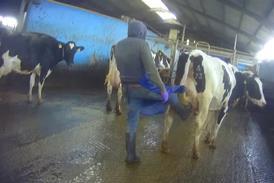





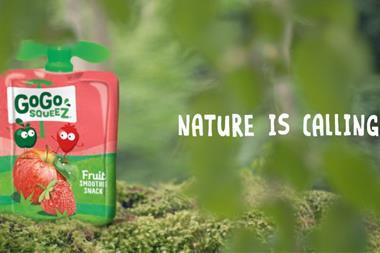
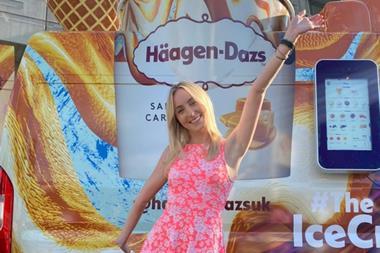
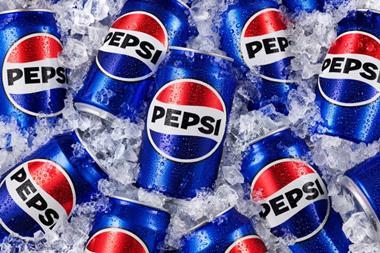
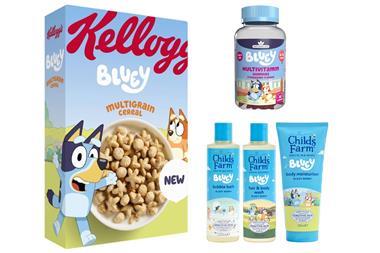
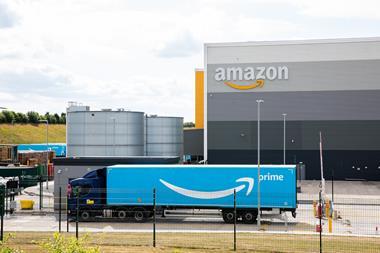
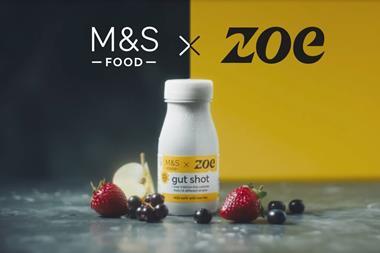
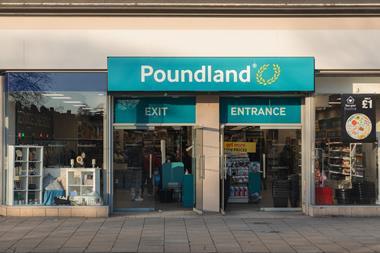



No comments yet